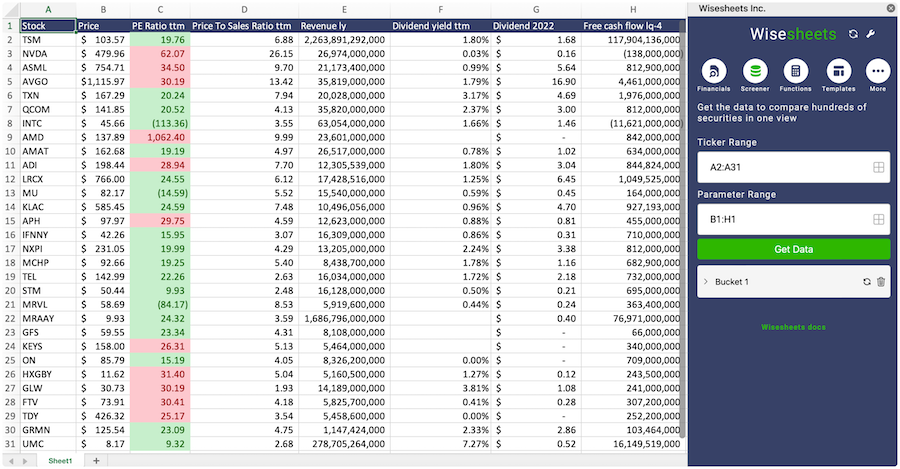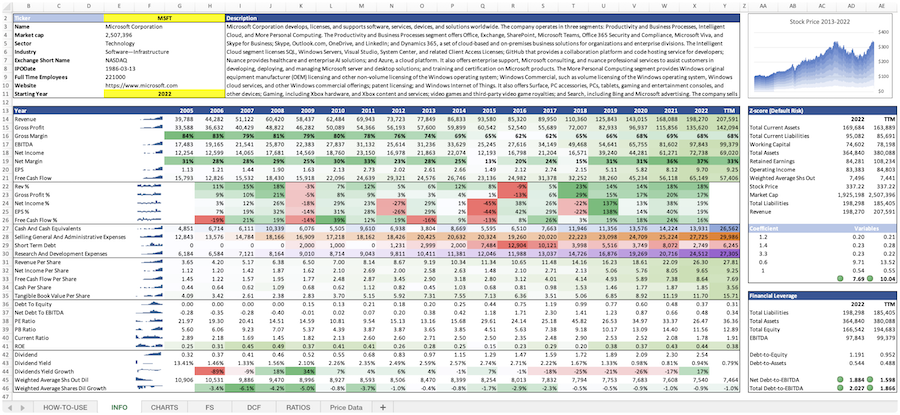Munjal Auto Industries Limited
MUNJALAU.NS
Price:
$79.62
Market Cap:
$7.96B
Munjal Auto Industries Limited manufactures and sells various parts and accessories for motor vehicles in India. It operates through Auto Components and Composite Products & Molds segments. The company offers exhaust systems, spoke wheel rims, and steel wheel rims for two-three wheelers, three-wheelers, and passenger cars; and fuel tank assemblies, seat structure systems, and other products for four-wheelers. It also provides sheet metal and tubular welded components. The company serves automotive, renewable energy, aerospace, defense, space, railways, and other engineering sectors. The company was incorporated in 1985 and is based in Gurugram, India. Munjal Auto Industries Limited is a subs...[Read more]
Industry
Auto - Parts
IPO Date
2003-09-03
Stock Exchange
NSE
Ticker
MUNJALAU.NS
PE Ratio
[24.05]
ROE
[7.80%]
Current Ratio
[1.28]
Dividend Yield
[1.26%]
Enterprise Value
[11.82B]
Dividend History
The PE Ratio as of December 2025 (TTM) for Munjal Auto Industries Limited (MUNJALAU.NS) is 24.05
According to Munjal Auto Industries Limited’s latest financial reports and current stock price. The company's current PE Ratio is 24.05. This represents a change of -275.64% compared to the average of -13.69 of the last 4 quarters.
Munjal Auto Industries Limited (MUNJALAU.NS) Historical PE Ratio (quarterly & annually)
How has MUNJALAU.NS PE Ratio performed in the past?
The mean historical PE Ratio of Munjal Auto Industries Limited over the last ten years is 21.92. The current 24.05 PE Ratio has changed 10.87% with respect to the historical average. Over the past ten years (40 quarters), MUNJALAU.NS's PE Ratio was at its highest in in the September 2019 quarter at 54.99. The PE Ratio was at its lowest in in the December 2019 quarter at -476.21.
Average
21.92
Median
18.49
Minimum
6.47
Maximum
62.72
Munjal Auto Industries Limited (MUNJALAU.NS) PE Ratio by Quarter and Year
Discovering the peaks and valleys of Munjal Auto Industries Limited PE Ratio, unveiling quarterly and yearly fluctuations to gain insights into the company’s financial performance and market dynamics, offering valuable data for investors and analysts alike.
Maximum Annual Increase = 313.50%
Maximum Annual PE Ratio = 62.72
Minimum Annual Increase = -58.49%
Minimum Annual PE Ratio = 6.47
| Year | PE Ratio | Change |
|---|---|---|
| 2025 | 19.17 | -10.98% |
| 2024 | 21.54 | 233.07% |
| 2023 | 6.47 | -57.64% |
| 2022 | 15.26 | -41.36% |
| 2021 | 26.03 | -58.49% |
| 2020 | 62.72 | 313.50% |
| 2019 | 15.17 | -16.04% |
| 2018 | 18.06 | 13.86% |
| 2017 | 15.87 | -16.08% |
| 2016 | 18.91 | 102.07% |
Munjal Auto Industries Limited (MUNJALAU.NS) Average PE Ratio
How has MUNJALAU.NS PE Ratio performed in the past?
The current PE Ratio of Munjal Auto Industries Limited (MUNJALAU.NS) is greater than its 3-year, greater than its 5-year, and greater than its 10-year historical averages
3-year avg
15.73
5-year avg
17.69
10-year avg
21.92
Munjal Auto Industries Limited (MUNJALAU.NS) PE Ratio vs. Peers
How is MUNJALAU.NS’s PE Ratio compared to its peers?
Munjal Auto Industries Limited’s PE Ratio is greater than Jay Bharat Maruti Limited (14.24), greater than Jay Bharat Maruti Limited (14.24), less than ZF Steering Gear (India) Limited (65.54), less than Automotive Stampings and Assemblies Limited (50.26), less than Automotive Stampings and Assemblies Limited (50.26), greater than IST Limited (5.52), greater than Enkei Wheels (India) Limited (-154.61), greater than Hindustan Composites Limited (21.24), greater than Hindustan Composites Limited (21.24), greater than Automobile Corporation of Goa Limited (17.58),
| Company | PE Ratio | Market cap |
|---|---|---|
| 14.24 | $9.53B | |
| 14.24 | $9.43B | |
| 65.54 | $6.94B | |
| 50.26 | $7.76B | |
| 50.26 | $7.74B | |
| 5.52 | $8.81B | |
| -154.61 | $8.65B | |
| 21.24 | $6.22B | |
| 21.24 | $6.29B | |
| 17.58 | $10.38B |
Build a custom stock screener for Munjal Auto Industries Limited (MUNJALAU.NS) and other stocks
One of the best ways to find valuable stocks to invest in is to build a custom made screener in your Excel or Google Sheets spreadsheet. This allows you to compare thousands of companies like Munjal Auto Industries Limited using the financials and key metrics that matter to you in a single view.
The easiest way to set this up is to use the Wisesheets add-on and set your spreadsheet like this:
Covering all these metrics from financial, data, dividend data, key metrics and more you can get all the data you want for over 50+ exchanges worldwide.
Get your free trial here.
Munjal Auto Industries Limited (MUNJALAU.NS) and other stocks custom spreadsheet templates
The easiest way to analyze a company like Munjal Auto Industries Limited or any others is to create a spreadsheet model that automatically retrieves all of the stock data you need.
Using Wisesheets you can set up a spreadsheet model like this with simple spreadsheet formulas. If you change the ticker you can get all of the data automatically updated for you.
Whether you need live data, historical price data, financials, dividend data, key metrics, analyst estimates, or anything else...Wisesheets has you covered.
Frequently asked questions❓
What is the PE Ratio?
How can you use the PE Ratio?
What is Munjal Auto Industries Limited's PE Ratio?
How is the PE Ratio calculated for Munjal Auto Industries Limited (MUNJALAU.NS)?
What is the highest PE Ratio for Munjal Auto Industries Limited (MUNJALAU.NS)?
What is the 3-year average PE Ratio for Munjal Auto Industries Limited (MUNJALAU.NS)?
What is the 5-year average PE Ratio for Munjal Auto Industries Limited (MUNJALAU.NS)?
How does the current PE Ratio for Munjal Auto Industries Limited (MUNJALAU.NS) compare to its historical average?

